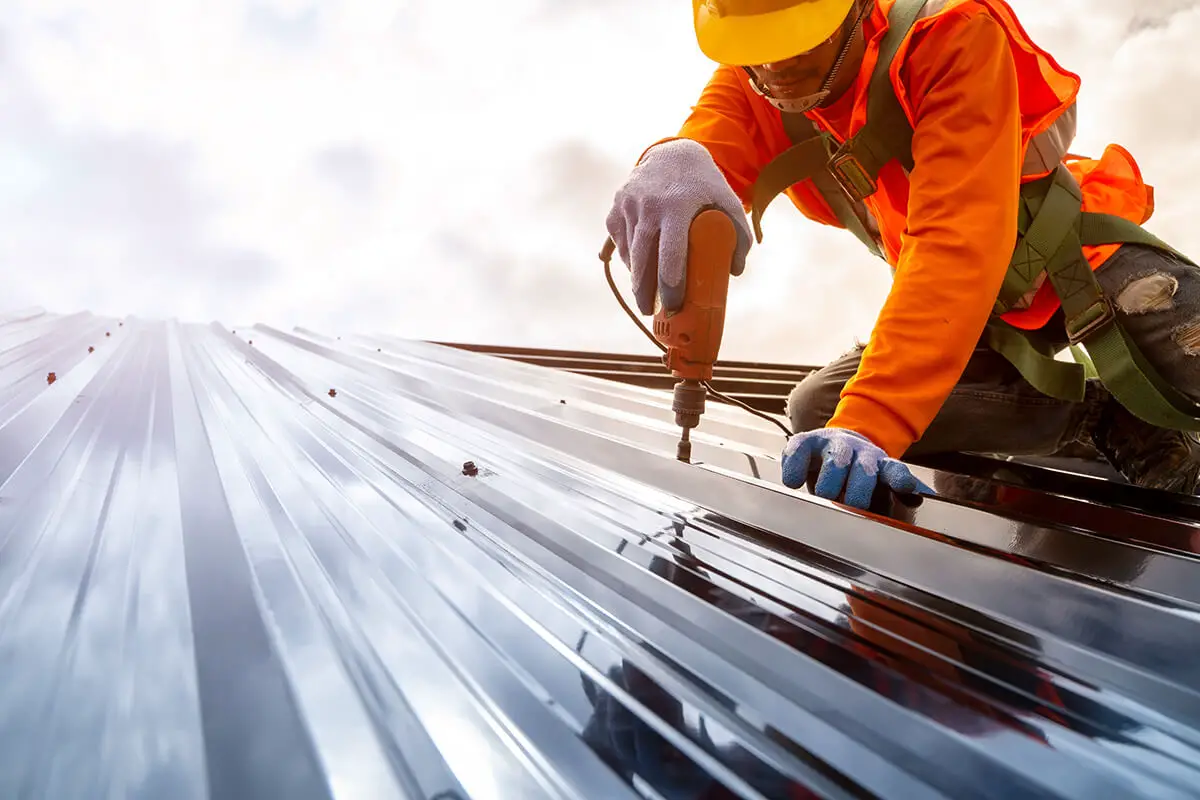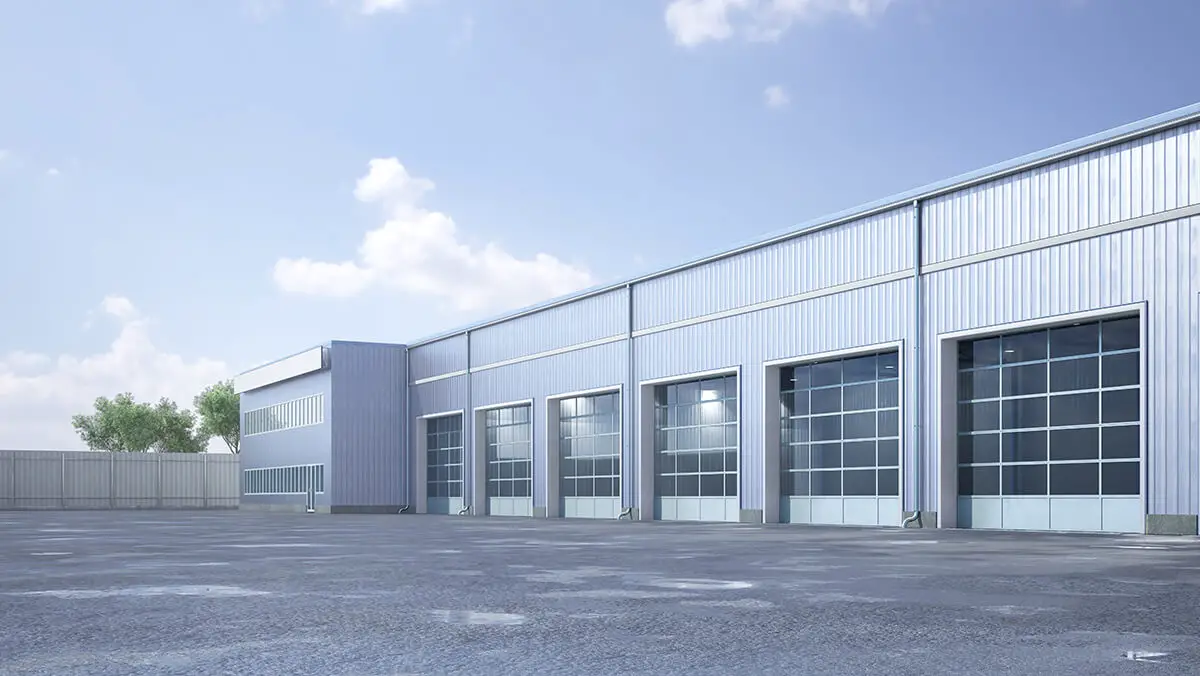Popular for utility-use buildings where design is not a priority, metal buildings are favored for efficiency, cost, and speed of construction. Now, with design technique and customization options available, it’s become the leading building material and style within the past few years.
From distilleries to gyms, pre-engineered metal buildings found here can be custom-designed based on a broad range of purposes and functions that serve any industry.
If you’re thinking of building a metal building, here are some things you should consider during the designing phase:
1. Type Of Metal Buildings
Although metal buildings come in various sizes and shapes for a variety of industries, in terms of structure, metal buildings are categorized into three main types:
- Arch
Traditionally, arch-type metal buildings are for agricultural buildings, military-use workshops and garages, and even used for residential buildings.
These buildings have self-supporting structures; thus, they don’t usually feature any supporting structures like columns inside. They have a limited size, with the roof height constrained to the bottom of the roof curve. However, this type of metal building offers a vast, open interior space.
- Continuous Frame
Technically known as a single-span rigid frame, this type of metal building is constructed with one beam that’s supported at either end of the structure.
This kind of building allows you to cover up an entire space that doesn’t need any interior columns in order to keep it supported. It’s also readily available, easy and quick to construct, and accessible to insulate, making it a trendy option.
Continuous frame metal buildings are best used for office buildings, churches, sports arenas, and aircraft hangars.
- Multi-Span Rigid Frame
This is the standard for the construction of factories, warehouses, retail outlets, or industrial buildings, offering a stable structure that can use interior columns and beams easily.
Unlike the previous types, multi-span rigid frame metal buildings don’t have a limit in size since it uses multiple numbers of interior beams that support the structure. Once set, this type of building, though, can’t be easily moved.
2. Size
After choosing a type, the next thing you need to carefully consider and analyze is the building size. Determine the square footage you need by measuring your machines, equipment, and office space, ensuring that everything will fit and you’ll still have enough space.
Metal buildings don’t have ‘standard’ sizes. A good metal building supplier should provide you with more options and flexibility for customization. Here are some general rules in terms of determining the right size for a metal building:
- People don’t like metal buildings that are smaller than 30×30 feet.
- Most metal buildings have a maximum clear span of 300 feet.
- 40×60 feet is another common size.
3. Height
Traditionally, metal buildings are ‘low rise,’ 1- or 2-story buildings. Most are at 12 – 20 feet high which are measured from the floor to the eave’s top and not the peak.
Still, the standard height range goes up to 40 feet. There are higher clearances available; however, you’ll need extra planning for these.
In order to determine the right height for the building, you’d want to consider how you’ll use the space and how you can leverage the space to expand your business in the future. For instance, if you’re in the logistics industry, can the building accommodate tall cranes? If you’re working in agriculture, can your metal building allow the expansion for hay storage?
4. Roof Pitch And Design
For the roof, you get several options and styles that can provide a more upscale appearance that will blend well with neighboring businesses.
- Single Slope Roof
A cheap roofing option, single slope rood is suitable for additions made to an existing metal building. It slopes in only one direction, which is why it’s also known as a pent-style or shed roof.
- Gable Roof
Gable roofs are the most popular type of roofing for metal buildings. It features two sloped sides that join together at the top ridge.
- Hip Roof
A more expensive option than the previous types, all sides of a hip roof slope down towards the walls in a gentle slope.
If you want to make your building more attractive, you can also consider customizing the roof pitch. Traditionally, the ratio between the rise and run of a roof pitch for metal buildings ranges from 1:12 – 4:12. Steeper roof pitches can be constructed based on your preferences and the demands of the yearly snowfall in your area.
Take note that the lower pitch design for your roof, the more economical your metal building will be.

5. Lighting And Windows
Lighting is vital to the function of your metal building. So, make sure to include several windows, skylights, and light fixtures that will allow you to perform the work and tasks your building was intended for.
Installing skylights on the sides of the roof peak can augment your lightning while reducing the energy expenses from light bulbs. Windows, on the other hand, can provide you with natural light and ventilation.
6. Doors
Adding enough doors in convenient and sensible locations can help optimize the functionality of your metal building. Metal buildings will also have various types of doors to choose from, mostly in a combination or all of these types:
- Entrance and Exit Doors
Self-framed walk-through doors can be installed anywhere in the building to provide convenient entry and exit points.
- Overhead Doors
These are mechanized doors that can be custom-designed to suit the clearance needs for machinery, equipment, inventory delivery, and more. These doors can be installed on the back, sides, or front of the building.
- Emergency Evacuation Doors
In general, a workplace should have at least two exit routes to facilitate the rapid evacuation of building occupants in case of an emergency. So, make sure that your metal building is up to security standards and building codes by adding enough evacuation doors based on the building size, layout, and number of occupants.
7. Insulation
For metal buildings, insulation serves several purposes. Other than providing resistance to heat transfer, it can also reduce condensation buildup in your building, as well as control the level of outdoor noise heard inside.
Also, if you plan on cooling or heating the building, spending extra on insulation can provide you major energy savings in the long run.
Conclusion
Planning out and designing a metal building can be overwhelming. But, by breaking it down into small steps, you’ll be able to make the process more manageable. By taking the time to consider and plan for the above factors, you’ll definitely be satisfied with the functionality and look of the final design of your metal building.

